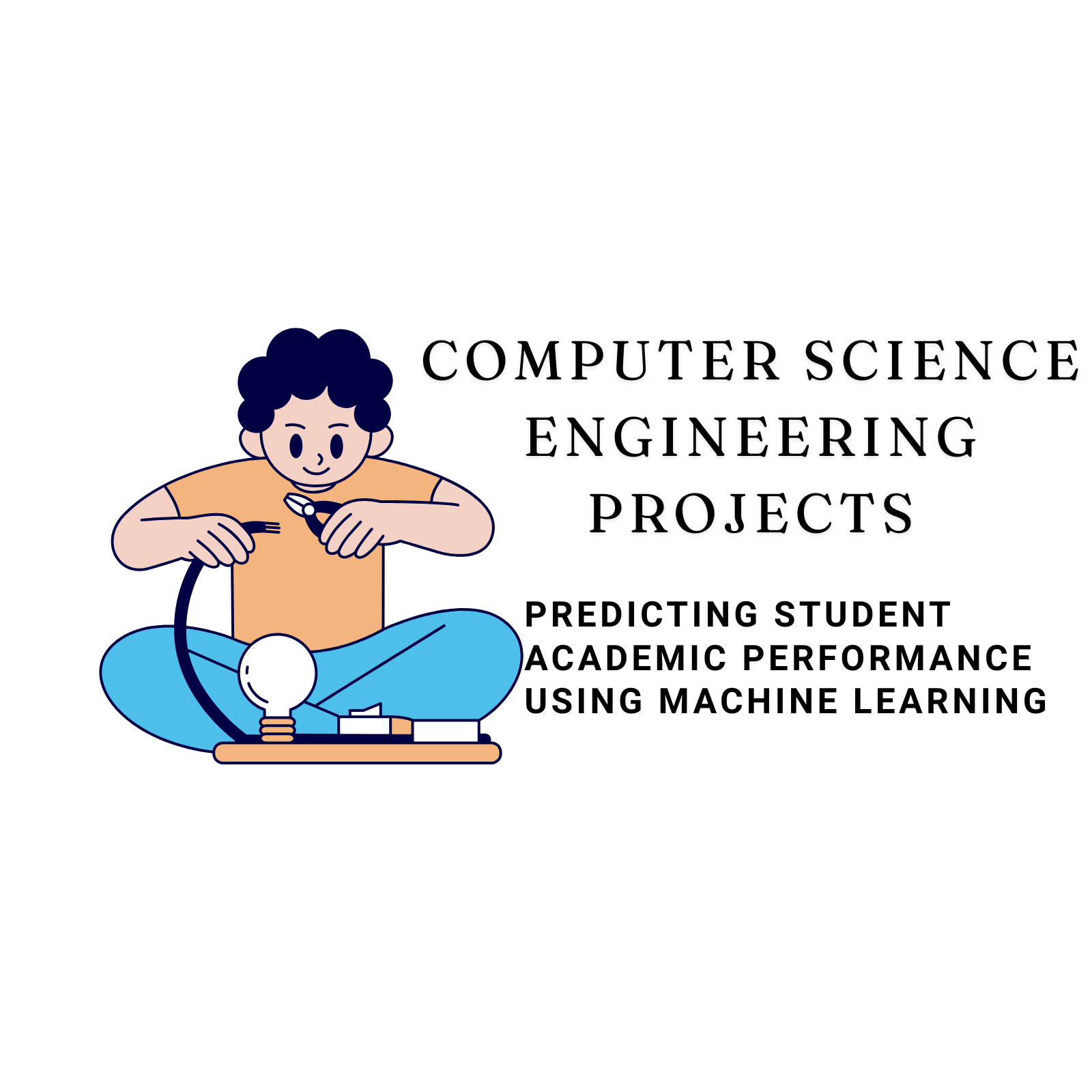Abstract:
This project focuses on predicting students’ academic performance by analyzing historical academic data and behavioral patterns. By leveraging machine learning techniques, the system forecasts grades or classifies students into performance categories such as high, medium, or low. The project assists educators in identifying students who may require additional support, enabling early interventions to enhance learning outcomes. The predictive model examines factors including demographics, study habits, attendance, and past academic records to provide actionable insights that can improve overall educational effectiveness.
Objectives:
Predict student academic performance using historical and behavioral data.
Identify key factors that significantly influence student outcomes.
Provide actionable insights to educators for early intervention.
Enhance student learning and overall academic success.
Scope of the Project:
Applicable to schools, colleges, and universities to monitor student progress.
Supports the design of personalized learning plans for students.
Provides data-driven insights for administrative and academic decision-making.
Can be extended to track performance across multiple semesters and subjects.
Literature Survey:
Student Performance Prediction using Data Mining: Several studies have shown that algorithms like decision trees, regression, and classification can accurately predict academic performance.
Factors Affecting Student Performance: Research indicates that parental education, study habits, attendance, and participation in extracurricular activities significantly impact student outcomes.
Machine Learning in Education: Machine learning automates performance tracking and provides predictive insights, helping educators make informed decisions and implement timely interventions.
Methodology:
1.Data Collection:
Data is collected from student records, surveys, and publicly available datasets such as the UCI Student Performance Dataset.
Key features include:
Demographic: age, gender, parental education, and family background.
Academic: Previous grades, study hours, and exam scores.
Behavioral: Attendance, participation in extracurricular activities, internet usage.
Target Variable: Final grade or performance category (high, medium, or low).
2.Data Preprocessing:
Handle missing or inconsistent data.
Encode categorical variables into numeric form.
Normalize numeric features to improve model accuracy.
3.Feature Selection:
Analyze correlations between features and target performance.
Select the most influential features for better prediction accuracy.
4.Model Selection:
Regression Models: Linear Regression for predicting numeric grades.
Classification Models: Decision Tree, Random Forest, and Support Vector Machine (SVM) for categorizing performance levels.
Ensemble Models: XGBoost and boosting methods to enhance accuracy.
5.Model Evaluation:
Regression metrics: Mean Absolute Error (MAE), Root Mean Squared Error (RMSE), and R² Score.
Classification metrics: Accuracy, Precision, Recall, F1 Score, and Confusion Matrix.
System Architecture:
Data Layer: Student records and survey responses.
Preprocessing Layer: Data cleaning, encoding, and normalization.
Feature Selection Layer: Identify important factors influencing performance.
Model Training Layer: Train multiple machine learning models.
Prediction Layer: Predict student grades or categorize performance.
Evaluation Layer: Assess model accuracy and refine models as needed.
Expected Outcomes:
Accurate prediction of student academic performance.
Identification of critical factors affecting learning outcomes.
Generation of reports or dashboards for educators to monitor student progress.
Enable early interventions for students at risk of underperforming.
Future Enhancements:
Develop a web-based dashboard for real-time student performance monitoring.
Integrate live data from online learning platforms for continuous tracking.
Extend predictions to cover multiple subjects, semesters, or entire academic programs.
Incorporate advanced deep learning models for more complex and larger datasets.
Use Natural Language Processing (NLP) to analyze qualitative feedback from students.
Conclusion:
This project demonstrates the potential of machine learning in education by predicting student academic performance. The predictive system not only aids educators in identifying students who need additional support but also contributes to personalized learning, better academic planning, and improved overall student outcomes. With enhancements like real-time data integration and advanced analytics, the project can be scaled for broader educational applications.



